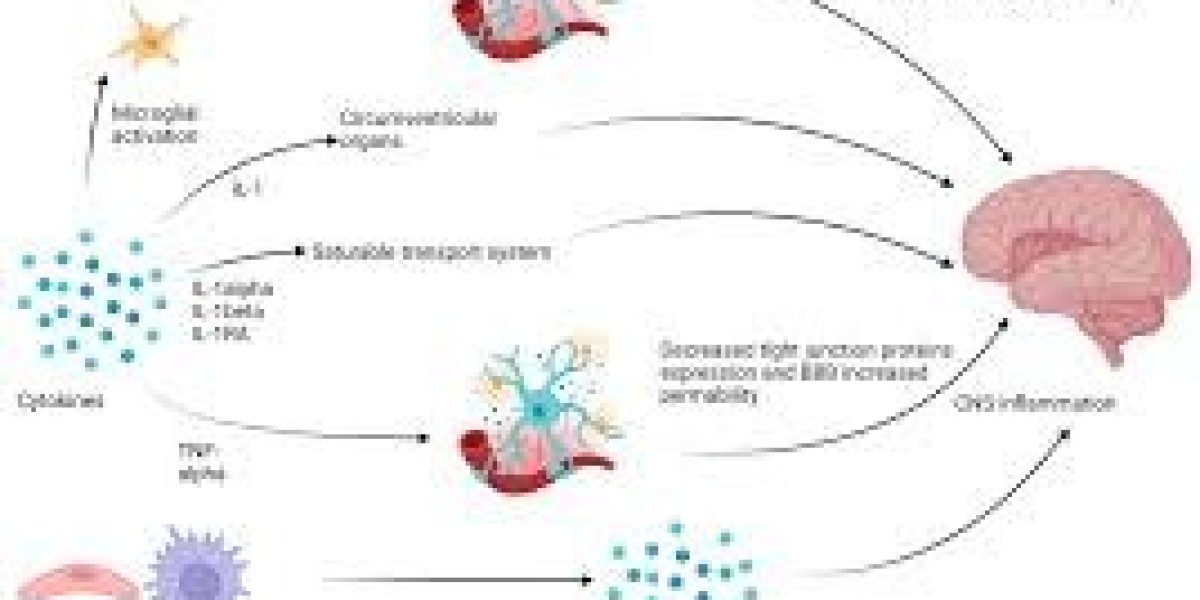Poor blood circulation happens when blood flow to specific body parts reduces. This condition can cause various health issues, including acute muscle spasms. Understanding the connection between poor circulation and muscle spasms helps in managing and preventing these problems.
What Is Poor Blood Circulation?
Blood circulation ensures oxygen and nutrients reach every part of the body. Poor circulation occurs when this process gets disrupted. Common causes include blocked arteries, blood clots, or narrowed blood vessels. When blood flow decreases, muscles and tissues do not receive enough oxygen and nutrients. This lack of supply can lead to muscle spasms.
How Poor Circulation Affects Muscles
Muscles need a steady supply of oxygen and nutrients to function properly. Poor circulation disrupts this supply. Without enough oxygen, muscles cannot work efficiently. They tire quickly and may cramp or spasm. Nutrient deficiency also weakens muscles, making them more prone to spasms.
The Role of Oxygen in Muscle Function
Oxygen is vital for muscle contraction and relaxation. When blood flow decreases, oxygen levels drop. Muscles struggle to contract and relax properly. This imbalance can trigger sudden, painful spasms. The lack of oxygen also leads to the buildup of waste products like lactic acid, which further irritates muscles.
Nutrient Deficiency and Muscle Health
Nutrients like magnesium, potassium, and calcium are essential for muscle function. Poor circulation limits the delivery of these nutrients. Magnesium helps muscles relax. Potassium supports nerve signals for muscle contraction. Calcium aids in muscle contraction. A deficiency in any of these nutrients can cause muscle spasms.
Common Causes of Poor Blood Circulation
Several factors contribute to poor blood circulation. Sedentary lifestyles, smoking, and unhealthy diets are major culprits. Medical conditions like diabetes, obesity, and peripheral artery disease also impair circulation. Aging naturally reduces blood flow efficiency. Understanding these causes helps in addressing the root problem.
Sedentary Lifestyle and Circulation
Sitting or standing for long periods restricts blood flow. Muscles remain inactive, reducing circulation. Regular movement keeps blood flowing smoothly. Physical activity strengthens the heart and improves blood vessel function. A sedentary lifestyle increases the risk of poor circulation and muscle spasms.
Smoking and Blood Vessel Damage
Smoking damages blood vessels and reduces blood flow. Nicotine narrows blood vessels, restricting circulation. Over time, smoking leads to the buildup of plaque in arteries. This further limits blood flow to muscles, increasing the risk of spasms. Quitting smoking improves circulation and reduces muscle-related issues.
Unhealthy Diets and Circulation
Diets high in fat and cholesterol contribute to poor circulation. Fatty deposits build up in arteries, narrowing them. This restricts blood flow to muscles and other tissues. A balanced diet rich in fruits, vegetables, and whole grains supports healthy circulation. Proper nutrition prevents muscle spasms caused by poor blood flow.
Medical Conditions Affecting Circulation
Diabetes damages blood vessels and nerves, impairing circulation. Obesity puts extra pressure on blood vessels, reducing blood flow. Peripheral artery disease narrows arteries, limiting blood supply to limbs. Managing these conditions improves circulation and reduces the risk of muscle spasms.
Aging and Reduced Blood Flow
As people age, blood vessels lose elasticity. This natural process reduces blood flow efficiency. Older adults are more prone to poor circulation and muscle spasms. Regular exercise and a healthy diet can mitigate these effects. Staying active supports better circulation and muscle health.
Symptoms of Poor Blood Circulation
Recognizing the symptoms of poor circulation helps in early intervention. Common signs include cold hands and feet, numbness, and tingling sensations. Swelling in the legs and feet often indicates circulation problems. Muscle cramps and spasms are also telltale signs. Persistent symptoms require medical attention.
Cold Hands and Feet
Reduced blood flow often makes extremities feel cold. Hands and feet receive less blood, leading to a drop in temperature. This symptom is common in people with poor circulation. Keeping warm and moving regularly can alleviate this issue.
Numbness and Tingling
Numbness and tingling occur when nerves do not receive enough blood. These sensations often affect the hands, feet, and legs. Poor circulation deprives nerves of oxygen and nutrients, causing these symptoms. Improving blood flow reduces numbness and tingling.
Swelling in Legs and Feet
Fluid buildup in the legs and feet indicates poor circulation. Blood pools in the lower extremities due to weak blood flow. This causes swelling and discomfort. Elevating the legs and staying active helps reduce swelling.
Muscle Cramps and Spasms
Muscle cramps and spasms are direct results of poor circulation. Reduced blood flow deprives muscles of oxygen and nutrients. This leads to sudden, painful contractions. Stretching and massaging the affected area can provide relief.
Preventing Poor Blood Circulation
Preventing poor circulation reduces the risk of muscle spasms. Regular exercise, a healthy diet, and avoiding smoking are key strategies. Managing underlying medical conditions also supports better circulation. Simple lifestyle changes can make a significant difference.
Regular Exercise Improves Circulation
Exercise strengthens the heart and improves blood vessel function. Activities like walking, swimming, and cycling boost circulation. Regular movement prevents blood from pooling in the legs. Exercise also reduces the risk of muscle spasms by keeping muscles healthy.
Healthy Diet Supports Blood Flow
A diet rich in fruits, vegetables, and whole grains promotes healthy circulation. Foods high in antioxidants improve blood vessel health. Avoiding fatty and processed foods prevents artery blockage. Proper nutrition ensures muscles receive the nutrients they need.
Avoiding Smoking Protects Blood Vessels
Quitting smoking improves blood flow and reduces the risk of muscle spasms. Nicotine damages blood vessels and restricts circulation. Avoiding smoking supports overall cardiovascular health. This simple change can have a profound impact on circulation and muscle function.
Managing Medical Conditions
Controlling diabetes, obesity, and peripheral artery disease improves circulation. Regular check-ups and medication adherence are essential. Managing these conditions reduces the risk of poor circulation and muscle spasms. A proactive approach supports long-term health.
Treating Poor Blood Circulation
Treating poor circulation alleviates muscle spasms and other symptoms. Medical interventions, lifestyle changes, and home remedies can improve blood flow. Addressing the underlying cause is crucial for effective treatment.
Medical Interventions
Doctors may prescribe medications to improve blood flow. Blood thinners prevent clots, while vasodilators widen blood vessels. In severe cases, surgery may be necessary to remove blockages. Medical treatments address the root cause of poor circulation.
Lifestyle Changes
Adopting a healthy lifestyle supports better circulation. Regular exercise, a balanced diet, and quitting smoking are essential. These changes improve blood flow and reduce the risk of muscle spasms. Consistency is key to long-term benefits.
Home Remedies
Simple home remedies can alleviate poor circulation symptoms. Elevating the legs reduces swelling. Massaging the affected area improves blood flow. Warm compresses relax muscles and enhance circulation. These remedies provide quick relief from muscle spasms.
The Connection Between Circulation and Muscle Spasms
Poor blood circulation directly impacts muscle health. Reduced blood flow deprives muscles of oxygen and nutrients. This leads to fatigue, weakness, and spasms. Addressing circulation issues prevents muscle-related problems. Understanding this connection helps in managing and preventing muscle spasms.
Oxygen Deprivation and Muscle Fatigue
Muscles need oxygen to function efficiently. Poor circulation reduces oxygen supply, causing fatigue. Fatigued muscles are more susceptible to spasms. Improving blood flow ensures muscles receive adequate oxygen, reducing the risk of spasms.
Nutrient Deficiency and Muscle Weakness
Nutrients like magnesium, potassium, and calcium are vital for muscle function. Poor circulation limits their delivery, leading to weakness. Weak muscles are more likely to spasm. Ensuring proper nutrition intake supports muscle health and prevents spasms.
Waste Buildup and Muscle Irritation
Poor circulation leads to the buildup of waste products like lactic acid. This irritates muscles, causing spasms. Improving blood flow removes waste products, reducing muscle irritation. Proper circulation keeps muscles healthy and functional.
Conclusion
Poor blood circulation is a common issue that leads to acute muscle spasms. Reduced blood flow deprived muscles of oxygen and nutrients, causing fatigue, weakness, and spasms. Understanding the causes and symptoms of poor circulation helps in prevention and treatment. Regular exercise, a healthy diet, and avoiding smoking improve circulation and reduce the risk of muscle spasms. Addressing underlying medical conditions and adopting simple home remedies also support better blood flow. By improving circulation, you can prevent muscle spasms and maintain overall muscle health.








